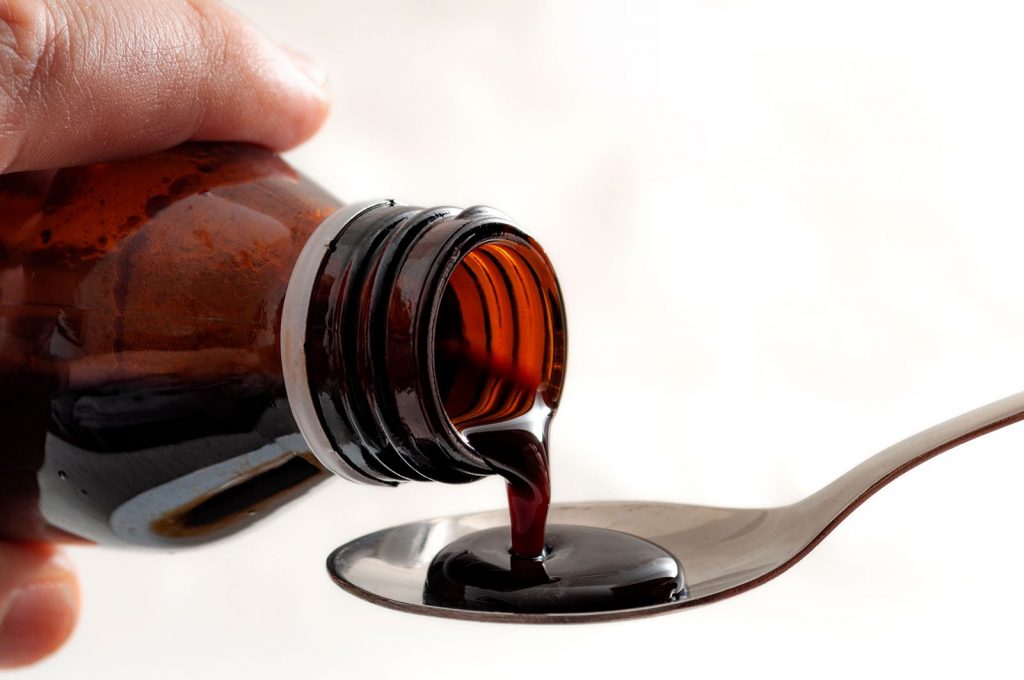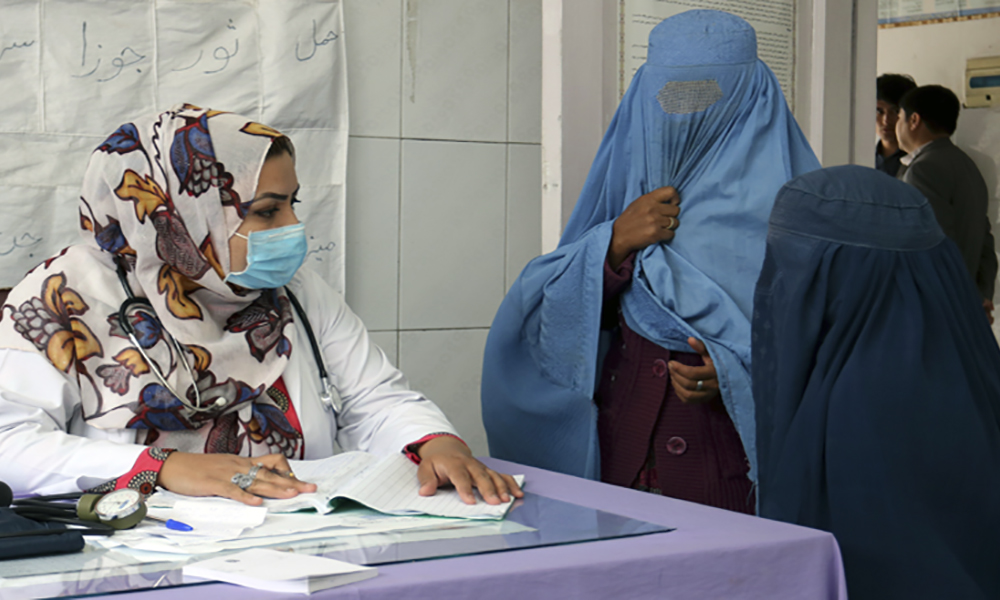According to a statement from the Uzbekistan ministry, ethylene glycol was discovered in the preparation during laboratory examinations. It claimed that the afflicted youngsters had taken the medication both unprescribed and in greater doses. As per a statement from the Uzbekistan ministry, ethylene glycol was discovered in the preparation during laboratory examinations. It claimed that the afflicted youngsters had taken the medication both unprescribed and in greater doses.

The claim claims that early laboratory tests have shown ethylene glycol in a particular batch of the syrup. The drug is dangerous, according to the statement, and ingesting 1-2ml/kg of a 95% concentrated solution can result in nausea, vomiting, fainting, seizures, cardiovascular issues, and severe renal failure.
The contaminant ethylene glycol – along with di-ethylene glycol – is the same as the one found in four India-manufactured syrups that have been linked to the deaths of 70 children in The Gambia earlier this year.

The World Health Organisation told “WHO is in contact with health authorities in Uzbekistan and is ready to assist in further investigations.”
Marion Biotech, the manufacturing company, and the Union Health Ministry did not respond to the queries asked. With paracetamol being one of the active ingredients in Doc-1 Max, the Uzbekistan ministry statement said it was incorrectly used by parents as an anti-cold remedy on the recommendation of local pharmacies.

